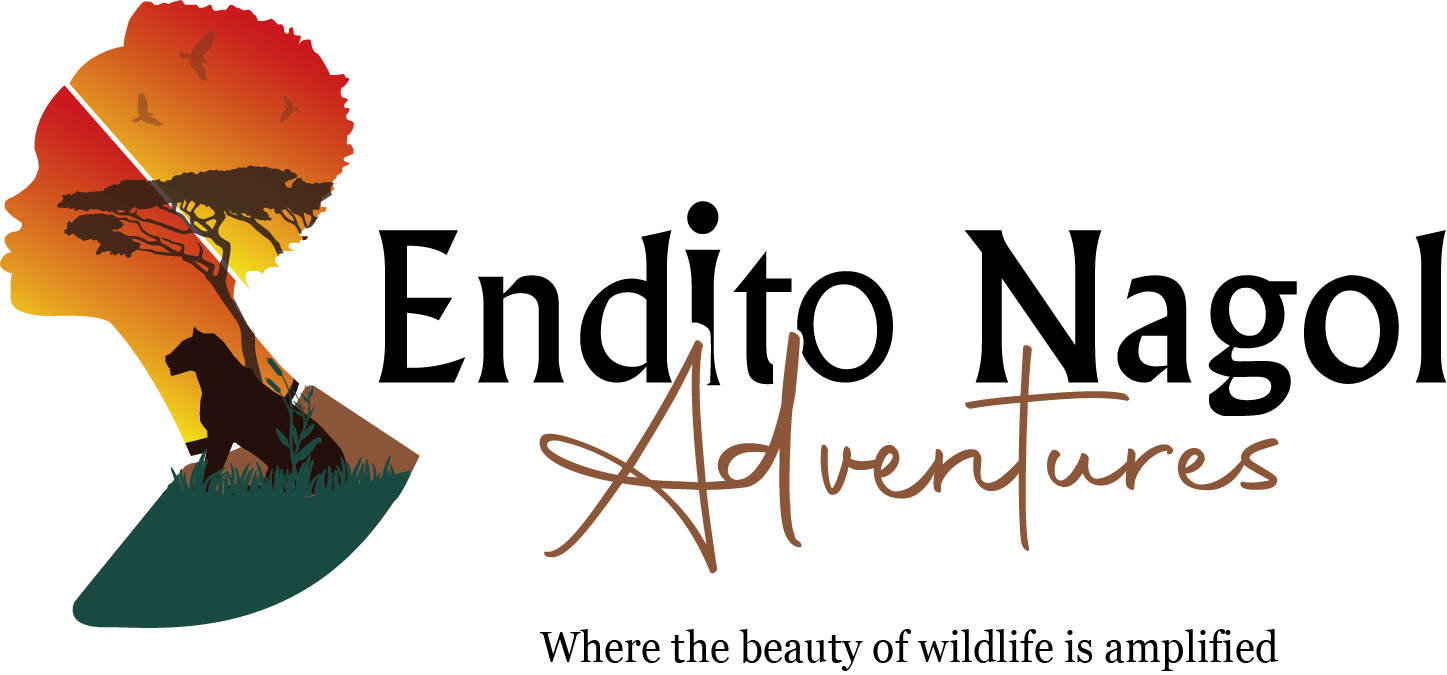Unfolding in the vast plains of East Africa, the annual wildebeest migration is one of the most thrilling and astonishing spectacles of the natural world. Over a million wildebeest, accompanied by herds of zebra and gazelle, embark on a circular journey that spans Kenya and Tanzania, traversing through the Serengeti and the Maasai Mara in a quest for greener pastures. This epic journey is an awe-inspiring sight for wildlife enthusiasts, photographers, and safari-goers alike.
Discovering the Wonders of the Wildebeest Migration
The wildebeest migration is a spectacular event, showcasing not only the wildebeest but also the myriad predators and scavengers that follow in their wake. It’s a journey fraught with danger and full of dramatic moments. From the fast-paced river crossings, where crocodiles lie in wait, to the births of thousands of wildebeest calves, the migration offers an array of awe-inspiring sights. It’s the circle of life playing out in real-time, offering a unique spectacle that is both thrilling and humbling to behold.
In addition to the wildebeest, this migration includes a large number of zebras and gazelles. These herds follow the rains and the resulting new grass growth, making their way through a variety of landscapes, including open plains, woodland, and even across rivers. The sight of these vast herds moving across the landscape, their patterns visible from the air, is staggering and incredibly moving. There’s a synchrony and harmony to their movement that speaks to the inherent rhythms of the natural world.
The migration is also a vital event for the ecosystems of the Serengeti and the Maasai Mara. The wildebeest, in their search for fresh grazing, help to enrich the soil by spreading their dung, while their constant grazing helps to prevent overgrowth. Additionally, the migration provides a wealth of food for predators and scavengers, ensuring a balanced ecosystem.
The Annual Journey: A Spectacle of Nature’s Marvels
The wildebeest migration cycle begins in the Ngorongoro Conservation Area of the southern Serengeti in Tanzania, where the wildebeest breed from January to March. As the rains end in May, they start their journey north towards greener pastures. This journey is a test of endurance and bravery, running the gauntlet of predators and facing challenging physical barriers like the Grumeti and Mara rivers, where crocodiles lurk in the waters.
In July and August, the wildebeest reach the Maasai Mara in Kenya, a culmination marked by breathtaking river crossings. Thereafter, they spend the remaining months grazing in the Mara until October or November, when they begin their return to the Serengeti. The cycle then begins anew. It’s an ongoing spectacle, with each month offering a different perspective on this fascinating event.
The wildebeest migration isn’t a fixed event; it varies each year depending on the timing of the rains. This unpredictability lends an element of suspense and excitement to the migration, making it a must-see event for any wildlife enthusiast. From the calving season with its promise of new life to the dramatic river crossings and the constant threat of predators, the wildebeest migration is a captivating display of nature’s raw power and beauty.
To witness the wildebeest migration is to experience one of the greatest wildlife spectacles on earth. It’s an event that serves as a poignant reminder of the power and resilience of nature, the intricate balance of ecosystems, and the endless dance of life and death. Whether viewed from a safari vehicle, a hot air balloon, or through the lens of a camera, the wildebeest migration is a sight that lingers in the heart and mind, igniting a deep appreciation for the wild and wonderful world we inhabit.

